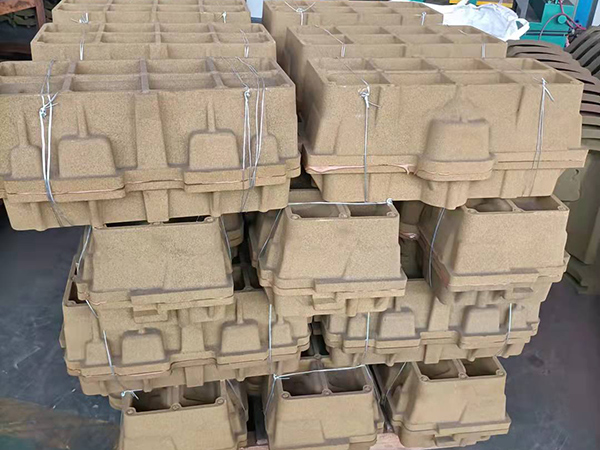 As the metal cools and solidifies, it assumes the precise shape of the cavity As the metal cools and solidifies, it assumes the precise shape of the cavity
As the metal cools and solidifies, it assumes the precise shape of the cavity As the metal cools and solidifies, it assumes the precise shape of the cavity sand casting technology. After a suitable cooling period, the sand mold is broken away, revealing the newly formed metal part.
One of the primary advantages of sand casting is its adaptability; it can be used to create complex shapes and large components that might be difficult to achieve with other casting methods. It is also relatively cost-effective for low-volume production runs. However, sand casting does have limitations, including the potential for imperfections in the cast part due to sand grain inclusions or gas porosity.
Innovations in sand casting technology continue to address these challenges. For instance, automated molding machines ensure consistent quality and efficiency, while advanced bonding agents and sand reclamation systems reduce waste and environmental impact. Moreover, computer-aided design (CAD) and simulation tools allow for more precise mold design and prediction of casting outcomes, minimizing trial-and-error iterations.
Despite being an ancient practice, sand casting technology remains a cornerstone of modern manufacturing. Its blend of simplicity, flexibility, and cost-effectiveness makes it an enduring choice for producing a wide array of metal products. As technology advances, so too does the refinement of sand casting processes, ensuring that this age-old technique continues to serve industries well into the future.
Post time:Jun . 21, 2024 10:14
sand casting technology. After a suitable cooling period, the sand mold is broken away, revealing the newly formed metal part.
One of the primary advantages of sand casting is its adaptability; it can be used to create complex shapes and large components that might be difficult to achieve with other casting methods. It is also relatively cost-effective for low-volume production runs. However, sand casting does have limitations, including the potential for imperfections in the cast part due to sand grain inclusions or gas porosity.
Innovations in sand casting technology continue to address these challenges. For instance, automated molding machines ensure consistent quality and efficiency, while advanced bonding agents and sand reclamation systems reduce waste and environmental impact. Moreover, computer-aided design (CAD) and simulation tools allow for more precise mold design and prediction of casting outcomes, minimizing trial-and-error iterations.
Despite being an ancient practice, sand casting technology remains a cornerstone of modern manufacturing. Its blend of simplicity, flexibility, and cost-effectiveness makes it an enduring choice for producing a wide array of metal products. As technology advances, so too does the refinement of sand casting processes, ensuring that this age-old technique continues to serve industries well into the future.
Post time:Jun . 21, 2024 10:14
Next:Sand castings are manufactured with precision.
